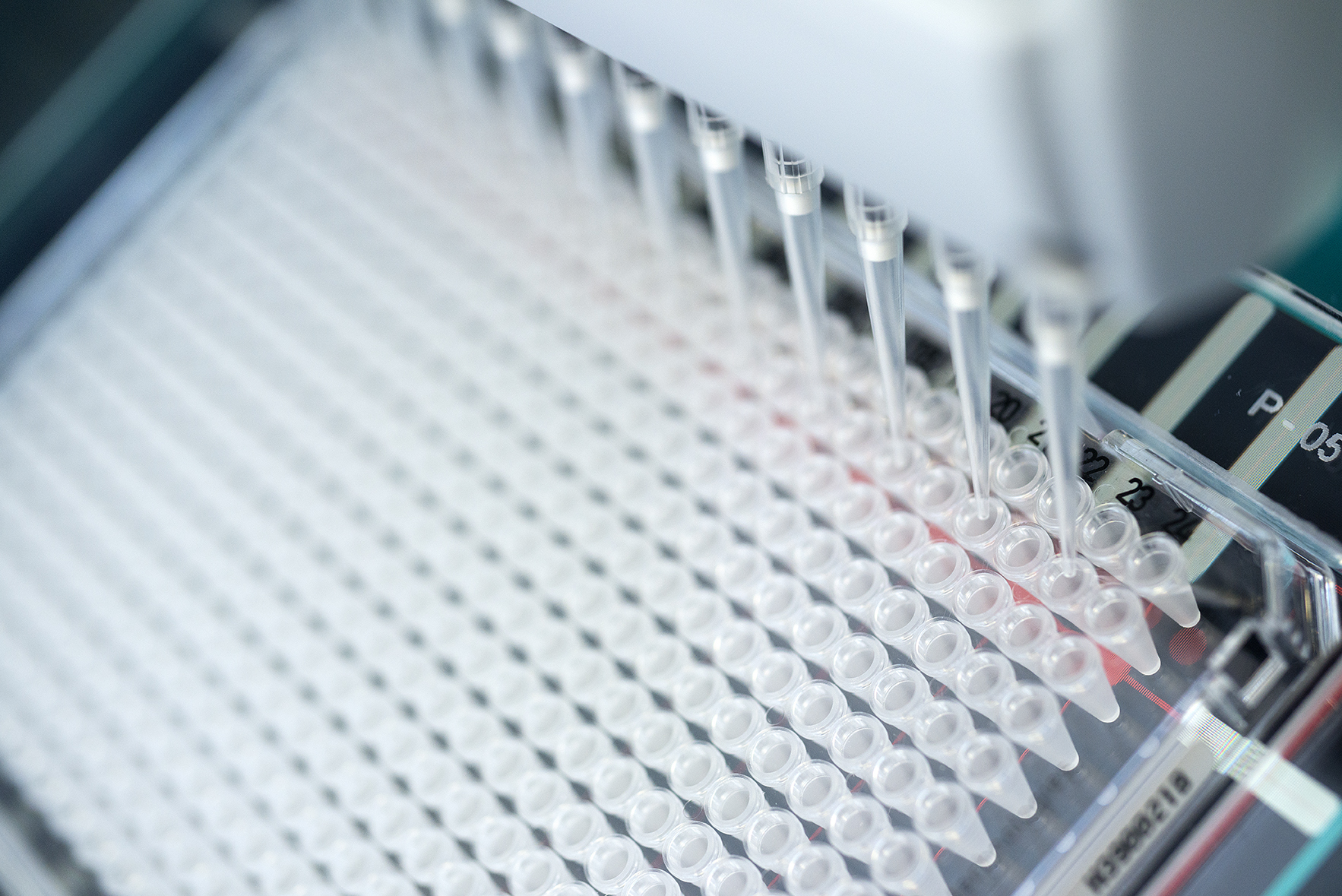CRACK IT Challenge competition 2017
Great success for Fraunhofer ITEM scientists
Seven teams – among them two Fraunhofer ITEM teams – have been awarded funding in the 2017 CRACK IT Challenge competition, which brings together large industries, academia and SMEs to develop marketable products or improve business processes that will have a significant impact on the use of animals in research. The CRACK IT Challenge is the NC3Rs’ response to the changing environment in the biosciences. The NC3Rs is a UK-based scientific organization dedicated to replacing, refining and reducing the use of animals in research and testing.
Two Fraunhofer ITEM scientists have been awarded funding for their projects in the 2017 CRACK IT Challenge competition:
1. RespiraTox
With her project "In-silico model for predicting human respiratory irritation" Dr. Sylvia Escher from Fraunhofer ITEM has been successful in the single-phase challenge RespiraTox. Contractors for the single-phase RespiraTox challenge have one year and up to £100k to solve the challenge.
The overall aim of this challenge is to develop a QSAR model tool that reliably predicts the human respiratory irritancy potential of chemicals. The QSAR model will fulfill the five OECD principles for QSAR validation to demonstrate statistical and mechanistic reliability of the model. This will endorse the model's use in regulatory contexts (e.g. REACH, Environmental Protection Agency).
2. DoCE (Dosing for Controlled Exposure)
With her project "Towards a differential dosing strategy covering diverse chemical classes and different exposure routes" Dr. Tanja Hansen from Fraunhofer ITEM has been awarded funding to carry out phase-1 proof-of-concept studies (phase-1 proof-of-concept stage winners for the CRACK IT two-phase challenges have the opportunity to apply for phase 2, where a single contract of up to £1 million will be awarded to one research team to deliver the full challenge).
The aim of this challenge is to develop methods and tools that will better quantify and control the exposure to chemicals with different physico-chemical properties over a wide range of in-vitro assay systems. This will enable more robust characterization of concentration-response relationships and improve the selection of the most appropriate and well designed in-vitro dosing technology for predicting in-vivo toxicity.
Click here for further information on the CRACK IT Challenge.
 Fraunhofer Institute for Toxicology and Experimental Medicine
Fraunhofer Institute for Toxicology and Experimental Medicine